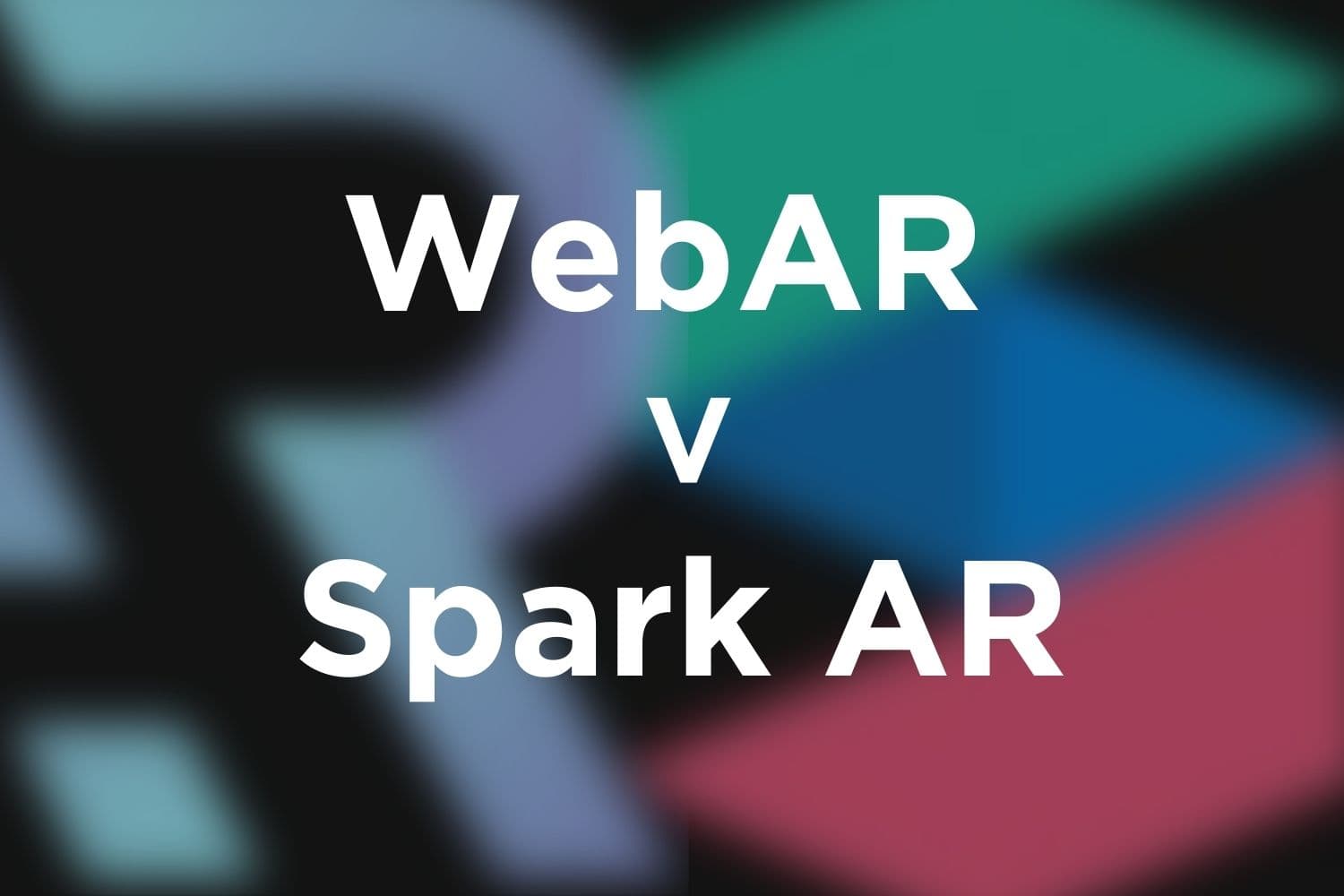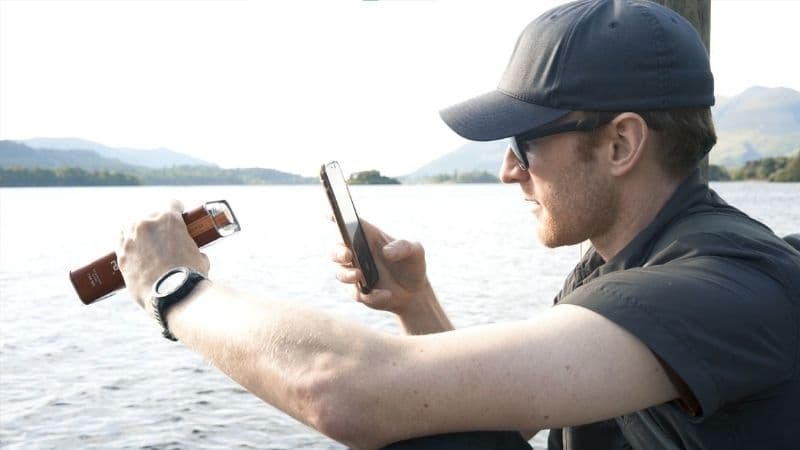Spark AR vs. Web AR

The technology of Augmented Reality is constantly evolving to be more accessible. AR is fast becoming the most useful tool for a business to promote products and services.
Both Web Augmented Reality and Spark AR provide convenient, fun experiences for consumers. Read on to learn their similarities and differences. In what context are they used? Who creates them, and how complex can they get?
What is Spark AR?

Spark AR is software developed by Facebook allowing creators to develop their own AR experiences. They then upload and share these creations with the world. Users can find and play with these effects within the Facebook and Instagram apps.
The AR is experienced through the front and back camera of their phones. A three-dimensional effect is applied on the environment shown on their camera.
These effects can be found by searching within the apps. Another way these AR experiences are found is by being shared by others.
What is Web AR?

Web AR can be activated to use within any browser. This means users don’t need an app. To join the AR experience, the user first simply scans a QR code. The code then transports them directly into a web page containing the experience. The browser uses the phone’s camera to immerse the user.
Web AR, like Spark AR, adds virtual elements to the user’s real environment. These QR codes can be found wherever these codes can be displayed. This includes print ads, billboards, store displays and business cards.
Spark AR vs. Web AR
The biggest differences between Spark AR vs. Web AR are the reach and range of capability.
The Reach
Spark AR is mainly used by Creators or Influencers who only want to reach Social Media users. Whereas advertisers mainly use Web AR to have a reach in and beyond Social Media.
For instance, sometimes a Creator or Influencer’s goal is to boost their follower numbers. They use Spark AR to give an incentive for users to engage with their brand on Social Media. The followers enjoy the AR experience so then they follow the account. This helps build their fanbase. It is also an excellent way to keep existing followers engaged.
An Advertiser, however, usually finds more value in Web AR because it is not limited to Social Media. Web AR works in BOTH Social Media and outside of social media (including in print, on websites, in webstores, etc.).
As an example, an Advertiser may want to promote a certain style of hat. They can use Web AR to place virtual hats on the user’s head to improve buyer confidence and increase sales. They can lead customers to this AR feature in a number of ways, such as:
- Mail postcard with the Augmented Reality QR code
- Insert the feature using Inline AR on their product page or blog post
- Provide the link on Social Media
- And so on!
Through Spark AR, an advertiser only reaches Facebook and Instagram users. Web AR, however, has flexibility of placement, including social media. Brands building robust campaigns with a broad outreach can benefit more from a Web AR approach.
Range of Capability
When it comes to Spark AR vs. Web AR, Web AR has a much bigger range of what it can do. Spark AR primarily creates Augmented Reality filters, which superimpose over real images. Web AR, however, can do filters and so much more.
Web AR can dispense beverages from a virtual vending machine, pop up a career fair in your backyard, or transport you to Santa’s Workshop. You can see these real Web AR experiences and more in Reviewing the 11 Best Web AR Experiences.
Augmented Reality Solution Providers
So, Spark AR vs. Web AR. Which is right for you?
Well, Spark AR provides resources and tutorials for anyone to create AR. This is a great equalizer for basic AR experiences. Individuals looking to promote themselves are empowered to dig into this new technology.
For those looking to elevate their brand, increase sales, and widen their audience, Web AR is the way to go. Web AR not only extends your reach beyond Social Media, but also opens the door of possibilities. The sky's the limit as to what you can create!
At Aircards, we’ve developed AR experiences for individual entrepreneurs to Fortune 500 companies. Check out our Web AR Services to see how we can take your brand into the future.
Read Next: How Brands Can Tap into the AR Metaverse





